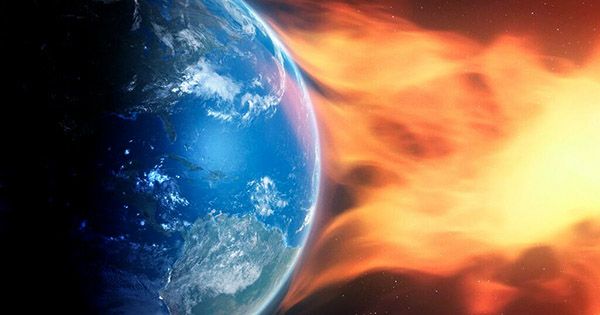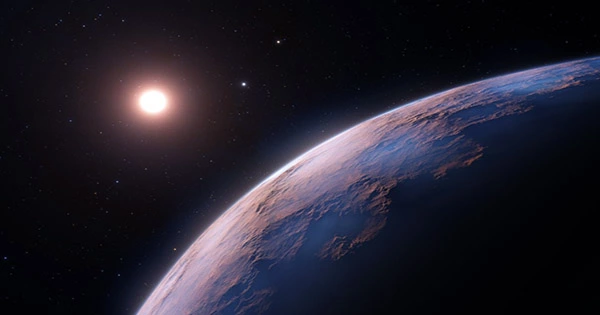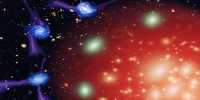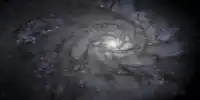If there are planets around Alpha Centauri, now is the moment to discover them. Astronomers have the finest circumstances to find new exoplanets in our cosmic neighbor, which is little over 4 light-years away and the closest star system to us, according to the present location of the star system. While the search continues, scientists have been having fun sketching the characteristics of a prospective Earth-sized planet in the system’s habitable zone. Alpha Centauri is made up of three stars: Alpha Centauri A and B, which are Sun-like stars with distances that vary between the Sun and Pluto and the Sun and Saturn, and Proxima Centauri, a red dwarf much farther out with three planets.
Finding an Earth-like world would be a great site of investigation, given their parallels to the Sun and the fact that Alpha Centauri A and B are 1.5–2 billion years older than our star, albeit we haven’t discovered one yet. A team lead by Haiyang Wang of ETH Zürich looked at the chemical makeup of the two stars in a recent research published in The Astrophysical Journal to simulate what an Earth-like world might be like. The scientists add, “The extensive study gives a novel way to research into what we may anticipate for Earth-sized planets in the habitable zones in the solar neighborhood.”

They predict “a-Cen-Earth” to be identical to our own planet in terms of geochemistry. So, like the Earth’s mantle, its mantle would be dominated by silicate but enriched with graphite and diamonds, the so-called carbon-bearing species. This might be essential for the prospect of life there because it would be able to store water in the same way that Earth does. While this is fantastic, it is not a perfect match for our environment. Researchers foresee a greater iron core and less geological activity, as well as the absence of plate tectonics. Plate tectonics is thought to have had a key influence in the development of life on Earth. In that regard, the new planet may be more geologically similar to Venus.
The team reports that the planet’s likely atmospheric composition, based on the molecules that we’ve previously discovered in the system due to its vicinity, is what they found most fascinating. The key components of this modeled planet would be carbon dioxide, methane, and water vapor. That’s the same atmosphere that existed on Earth between 4 billion and 2.5 billion years ago, during the Archean eon. The prospect of fascinating parallels is tantalizing, but the researchers is now considering extending the model to include differences in mass and radius of the planet.
This might result in a zoo of replica planets that can be compared to genuine ones. That is, if the genuine ones exist. Between 2022 and 2035, Alpha Centauri A and B will be visibly far away enough for telescopes to search for exoplanets. If there are worlds out there, we will most likely locate them with present and future next-generation telescopes, both in space and on the ground.
















